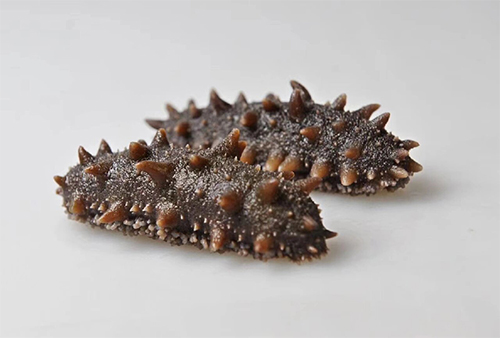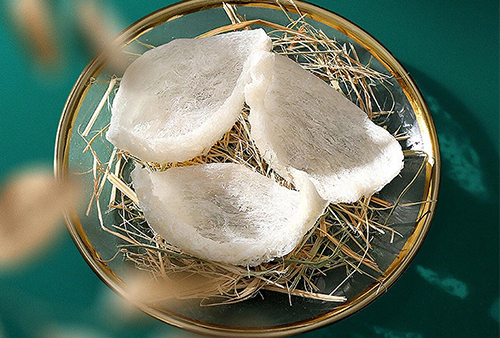Origin of sea cucumber
Sea Cucumbers in Ancient Literature
Sea cucumbers have existed on Earth for 600 million years. In Chinese literature, the first recorded mention of sea cucumbers dates back to the Three Kingdoms period. In the book "Lin Hai Shui Tu Yi Wu Zhi" by Shen Ying of the Wu Kingdom, it is recorded: "Tu Rou (earth meat), completely black, as thick as a child's arm, five inches long, has a belly but no mouth or eyes, has thirty feet, roasted for eating." It was later confirmed that "Tu Rou" referred to sea cucumbers.
In the anime "Cooking Master Boy," the Super Dim Sum King, Luo Gen, made the "Soul Soothing Bun," which was as good as Chef Xie's "Golden Laughing Bun." The "Soul Soothing Bun" was a tradition passed down from the Three Kingdoms period and included sea cucumber buns. (Is this a coincidence?)
First Naming as "Sea Cucumber"
In the 44th year of the Wanli reign (1616 AD), during the Ming Dynasty, Xie Zhaozhi in his book "Wu Za Zu" first recorded the name "sea cucumber": "Sea cucumbers are found on the shores of Liaodong. They are also called 'sea men' because their shape resembles a man's penis. They are a counterpart to mussels. Their nature is warm and nourishing, rivaling ginseng, hence the name sea cucumber." This dark and spiky echinoderm was named "sea cucumber" for the first time. This record led to the criticism of sea cucumbers being categorized under "like cures like" in traditional Chinese medicine. Chinese medicine is vast and profound, with contributions from Shen Nong who tasted hundreds of herbs, Zhang Zhongjing who compiled numerous medical formulas, and various medical families throughout different dynasties, all making significant contributions to clinical medicine. It's amusing how modern people criticize Chinese medicine with the phrase "like cures like."
First Use of Sea Cucumbers in Medicine
In the late Ming Dynasty (around 1640 AD), Yao Kecheng's book "Shiwubencao" first included sea cucumbers in a pharmaceutical text. The document records, "Sea cucumbers live in the southeastern seas," "Their taste is extremely delicious, and they are highly nourishing, considered the most precious among dishes," "Their taste is sweet and salty, neutral and non-toxic, beneficial for replenishing vital energy, nourishing the five viscera and six bowels, and reducing heat in the triple burner." If we look further back, sea cucumbers were likely familiar to the common people during the Song Dynasty. Especially after the discovery of Liaodong sea cucumbers, they became a royal delicacy, appearing on the emperor's table. However, due to limited harvesting technology, catching sea cucumbers was very difficult, giving rise to the profession of "haipengzi" or sea divers.
Modern Literature on Sea Cucumbers
The Qing Dynasty medical scholar Zhao Minxue recorded in the "Supplements to Compendium of Materia Medica": sea cucumbers have the effects of nourishing kidney yin and generating blood. This document contains many detailed records and specific cases. In the modern "Comprehensive Dictionary of Chinese Medicine," sea cucumbers are also detailed, including descriptions of their properties, morphology, nutritional components, and functions. Those interested can look it up for more information.



